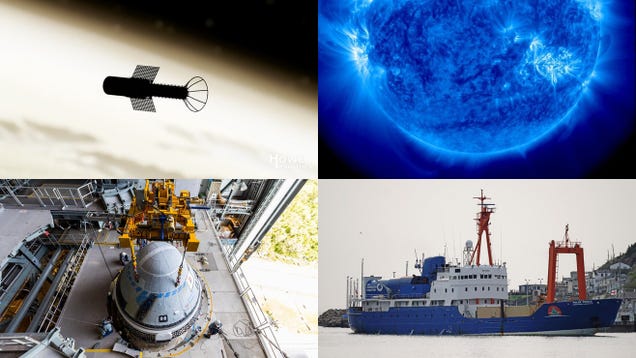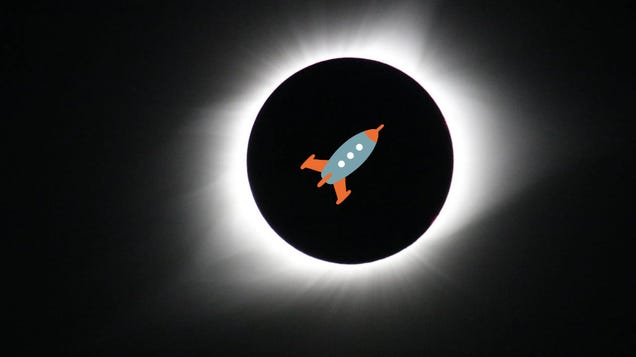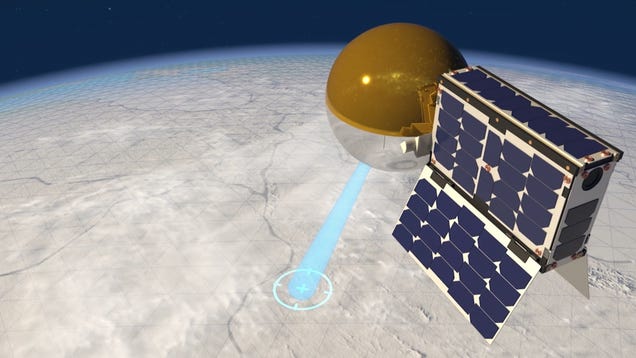
Conspiracy theorists on social media have been busy at work peddling their latest conclusion: The magnificent auroras seen over swaths of four different continents over the weekend were caused by a University of Alaska program that studies the ionosphere. Which, of course, is pure nonsense.




